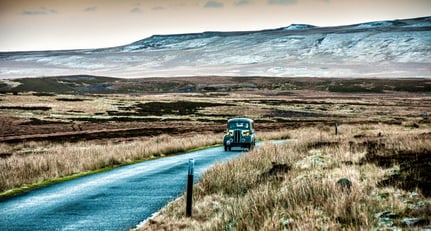Well, none of these applied to us, Team Classic Driver, when we applied for the 20th anniversary running of LeJog – short for the Land’s End to John O’Groats reliability trial. Come 5th December, we were well prepared (plenty of tools and spare parts) to put our 1978 Range Rover through scrutineering at Land’s End, and then to attend the half-hour drivers’ briefing. We were full of confidence that what lay ahead of us would be simply be a pleasant sightseeing tour of England, Wales and Scotland accompanied by our fellow enthusiasts. We were wrong.
No idea what we'd let ourselves in for...
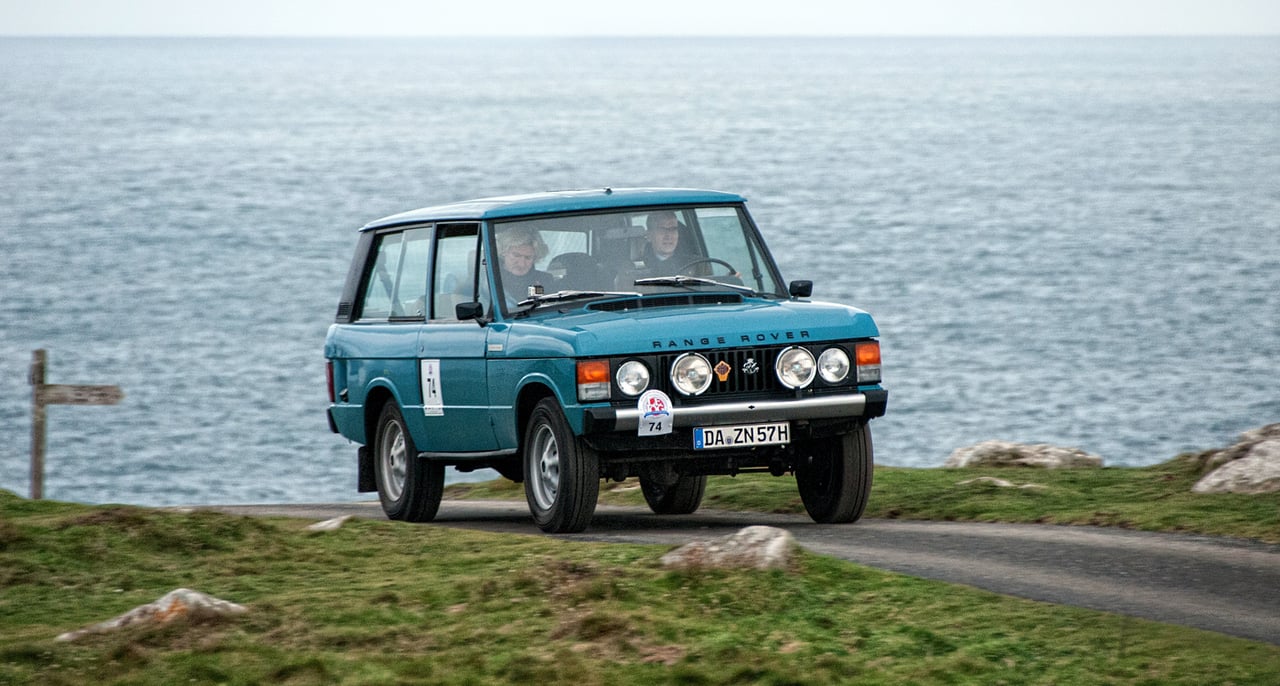

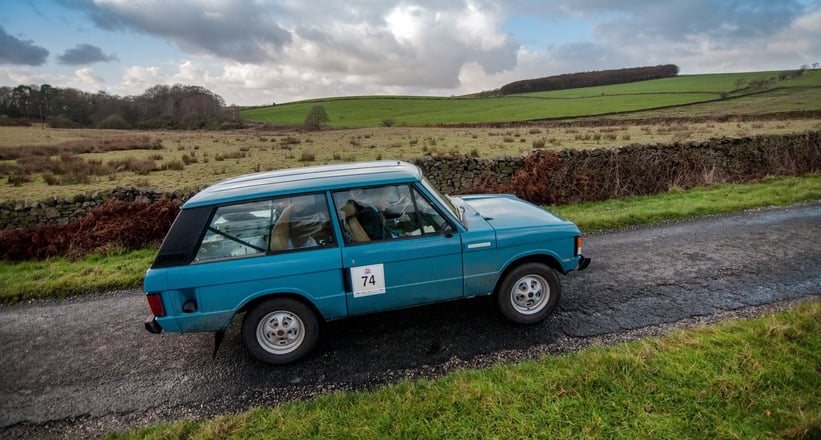
Little did we know what we were about to experience. The black-tie dinner was the first surprise, in that it was clearly full of some very experienced fellow competitors – most of them having completed multiple LeJogs in the past. Our perplexed expressions, as we sat uncertainly at the end of our table, led some of these experienced folk to take pity on us, finally asking us whether we were fully aware of what to expect. Our honest answer was that while we might have looked utterly clueless, the truth was that – unfortunately – we really were. Tony, the liaison officer, kindly arranged enough help and support to ensure that we would at least make it to the next day’s late afternoon stop.
Lost, confused, but determined
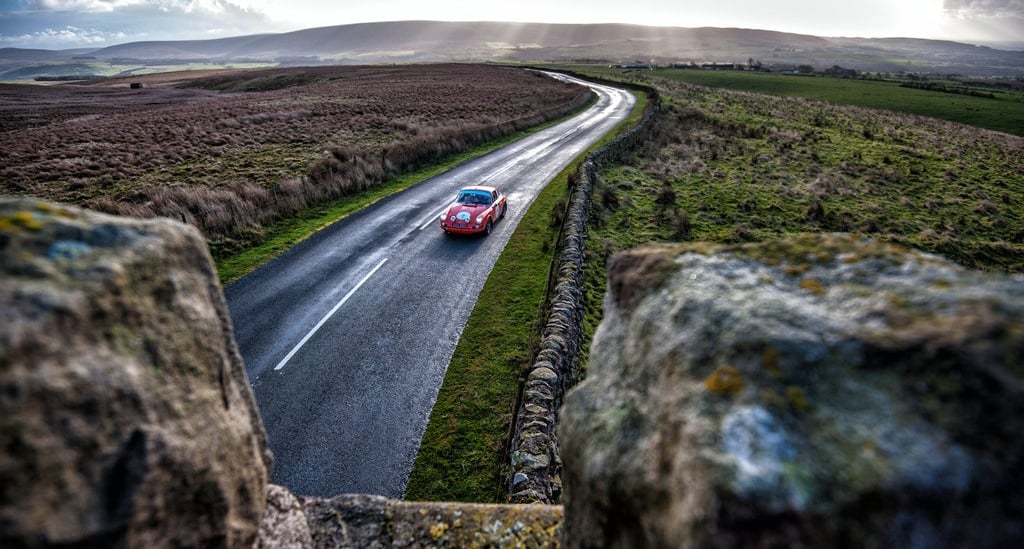
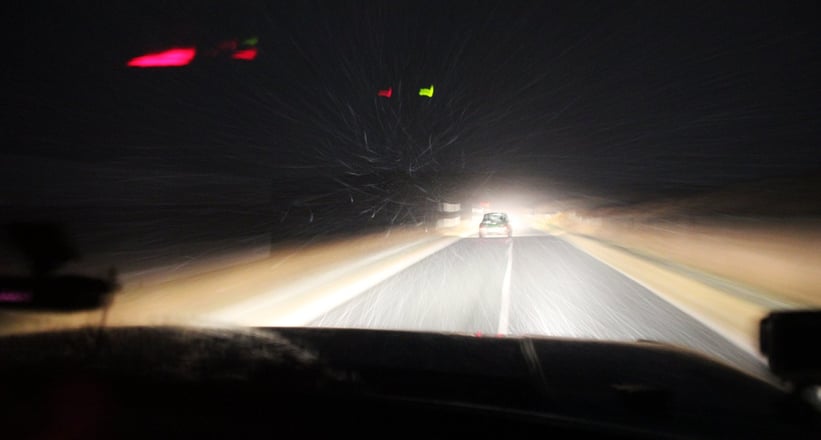
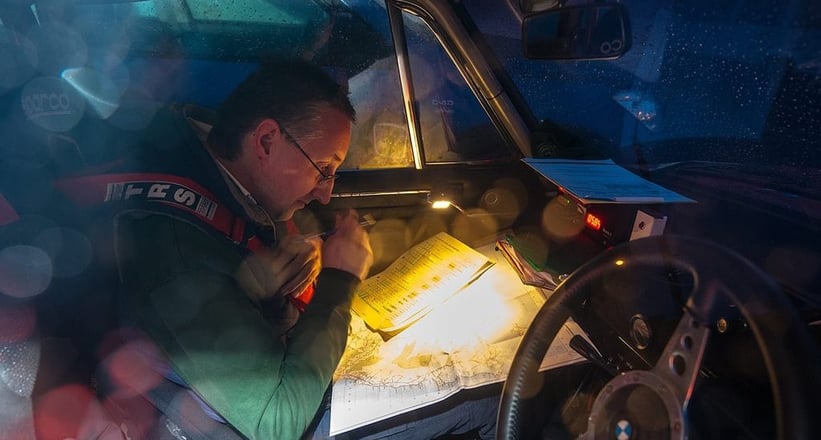
After a quick breakfast next morning, off we went to the start at Land’s End and were surprised to hear cars being driven somewhat vigorously through a special stage. The 45km/h average that we were expected to achieve sounded perfectly reasonable. Half an hour later, with our countdown timer beeping when we were still only halfway through the stage, and we’d been put straight on that little assumption. Navigating largely by peering through the windscreen and trying, simultaneously, to understand the co-driver’s paperwork, our remaining confidence was fading fast, while our hopes of finishing fairly high up the leader board had vanished completely. Should we have entered the classic car tour, rather than opting for the full-blown trial? Maps on our laps, the Tripmaster (calibrated on the way to the event) counting the kilometres, and we slowly learned how to read the 1:50,000-scale Ordnance Survey-based daily road book, complete with marked routes and unmarked sections.
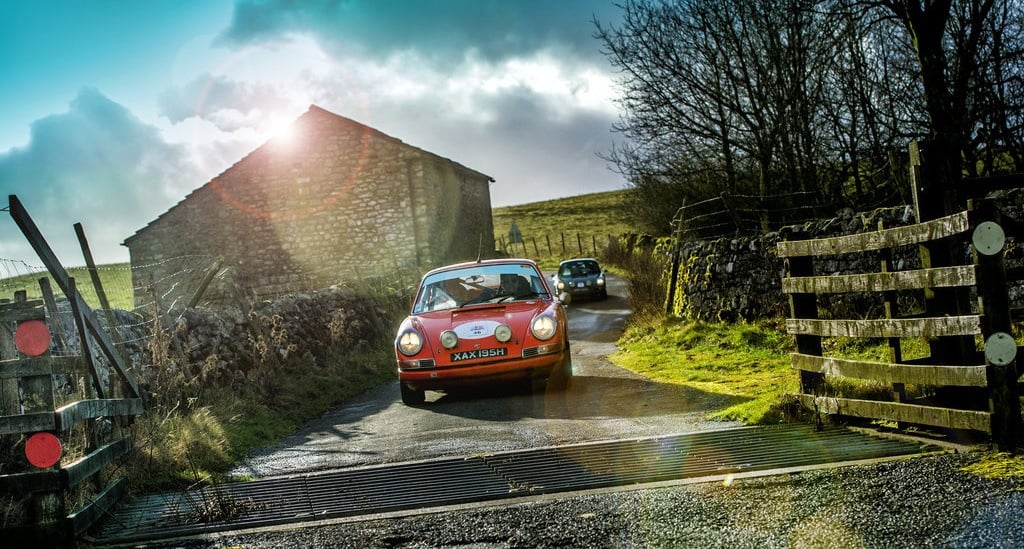
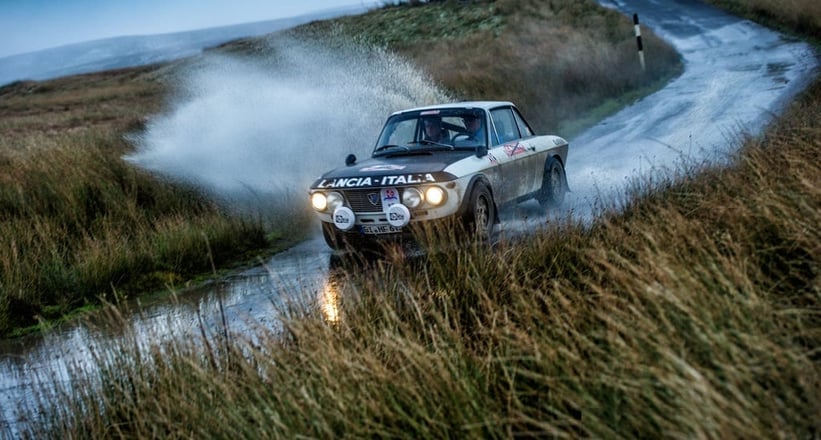
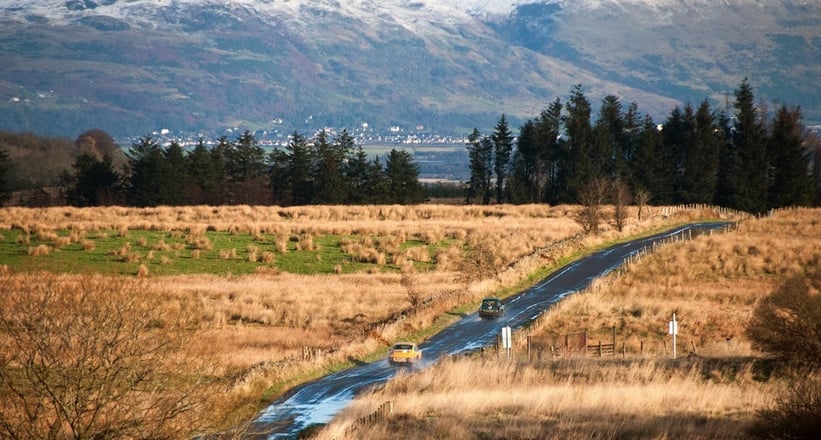
We had both heard of the beautiful Cornish countryside, but the instruction book and numerous special stages and regularity trials helped us and our Range Rover to completely lose track of our actual whereabouts. New documents and instructions were handed out and off we went again, without dinner or any proper meal during the day. Sections of the trial are driven on the motorway and a few of us missed the exit, meaning we were further delayed and ended up at the overnight stay rather later than hoped – and the control point was closed, as we were past the maximum time allowed. In an older or non-4WD, this would be less likely to happen, as the cars are allowed to start further up the field. Newer, 4WD cars start from the back.
No time for food. Or rest. Or finding a public toilet
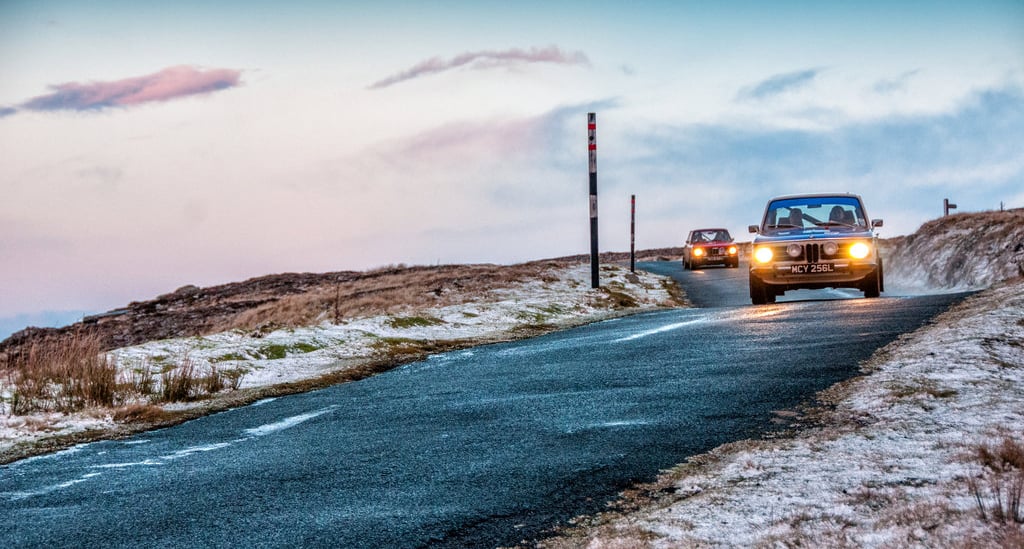
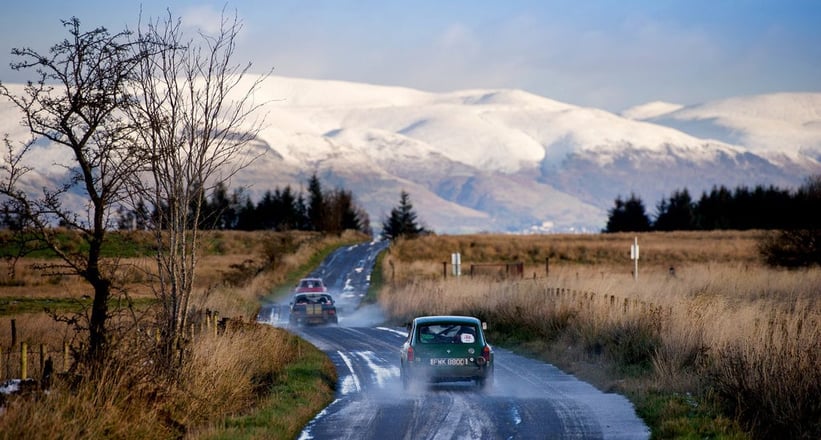
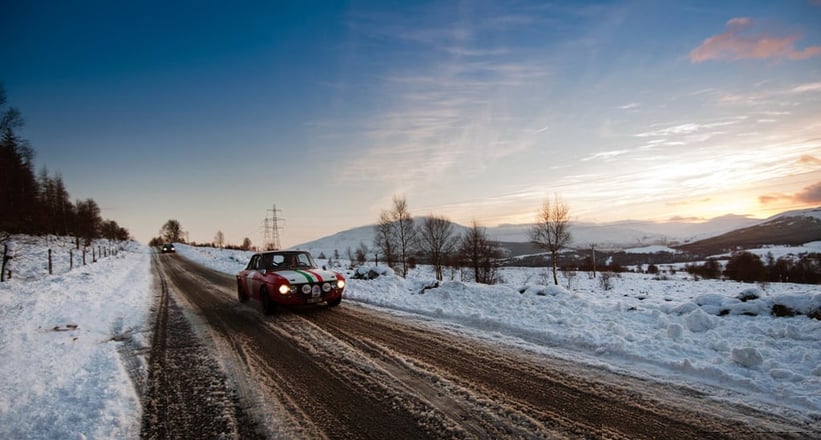
On the upside, we made friends with the two drivers of the sweeper car whose breath we felt constantly on our necks. Don’t expect to have time to take photographs, eat, rest, have a good look around at the scenery, or find a public toilet. You just have to keep going, all the time, and be happy when (or rather if) you catch sight of fellow participants.
From Chester, we travelled through beautiful English countryside all the way up to Carlisle, in almost last place again, but still ahead of a father and son team in a 1985 Mercedes S-Class. This pairing made sure to pass every single waypoint, rather than cutting their losses and simply heading straight for the destination when falling too far behind the rest of the field – the latter a sensible way of catching up, despite the many penalty points it incurs.
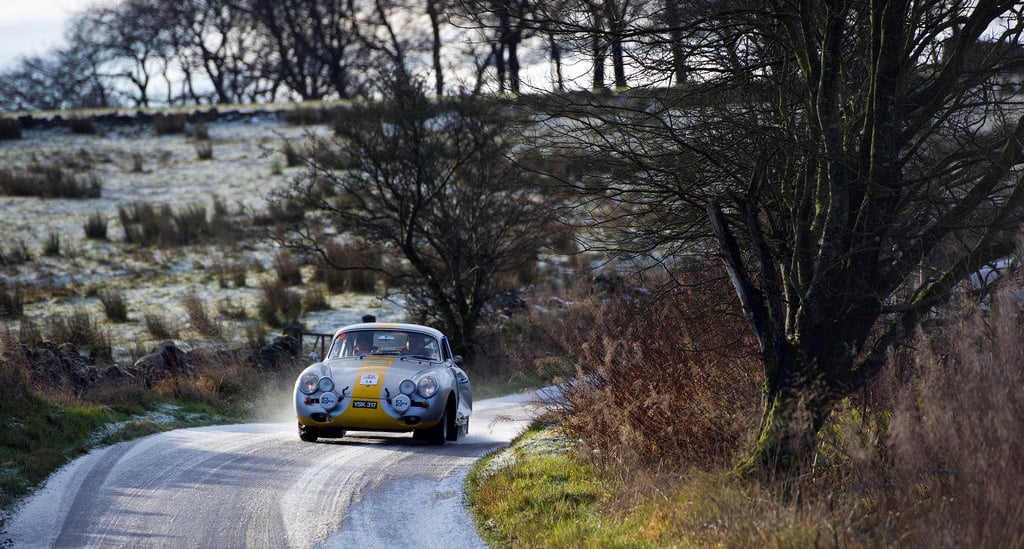
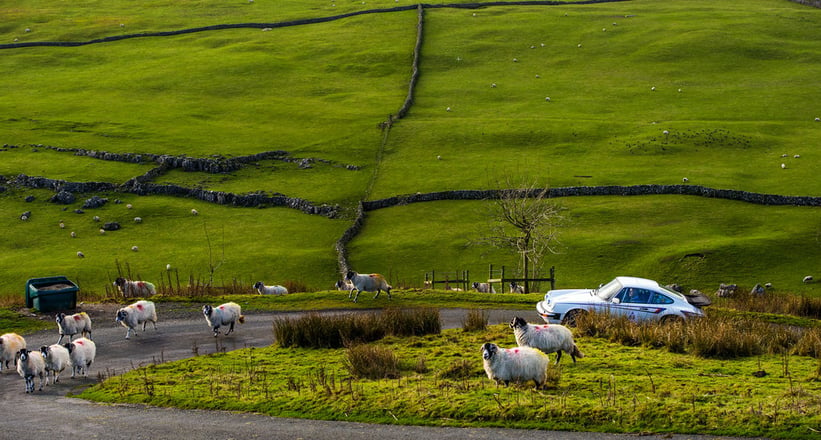
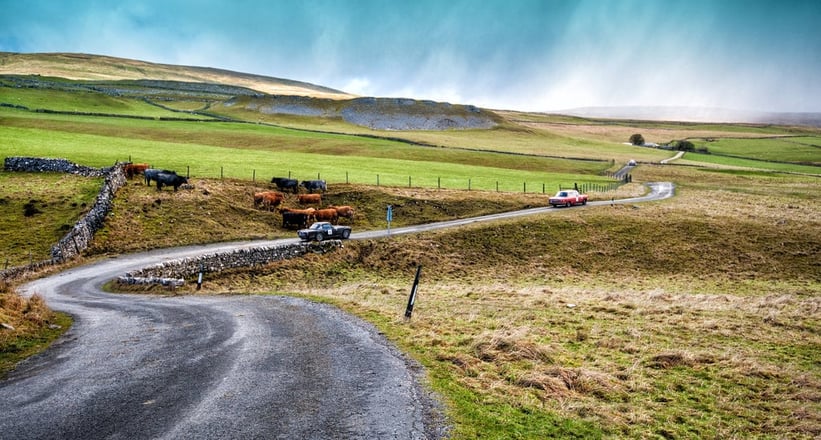
Being winter in the far north of England, the days were short and excellent lighting on the car (only four headlamps are permitted) is a good investment, in addition to the famous Roamer – with an illuminated map magnifier – along with other items that include about thirty 1:50,000-scale maps, pens, markers and even a calculator to use when navigating. Special stages consisted of finding one’s way with the help of the indispensable Tripmaster (thankfully also capable of counting backwards, a feature we used on numerous occasions), tackling arrows, ‘herringbones’ and other typical rally navigational challenges.
Toughest event of its kind
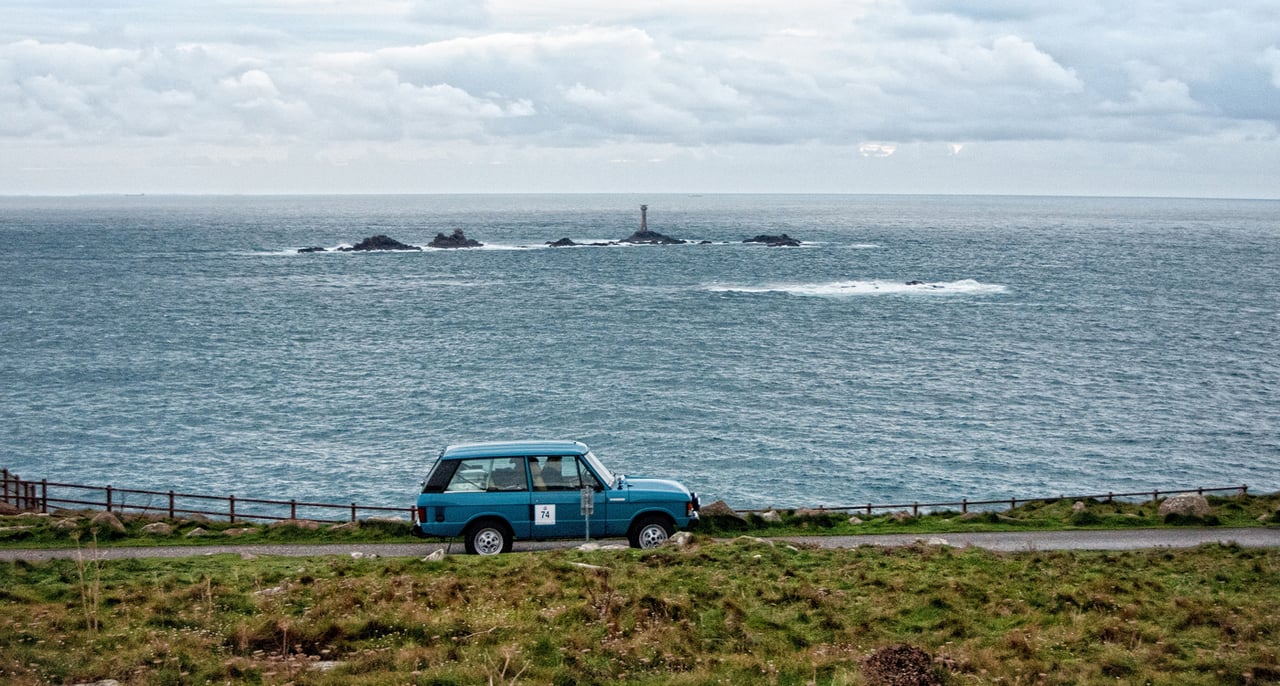
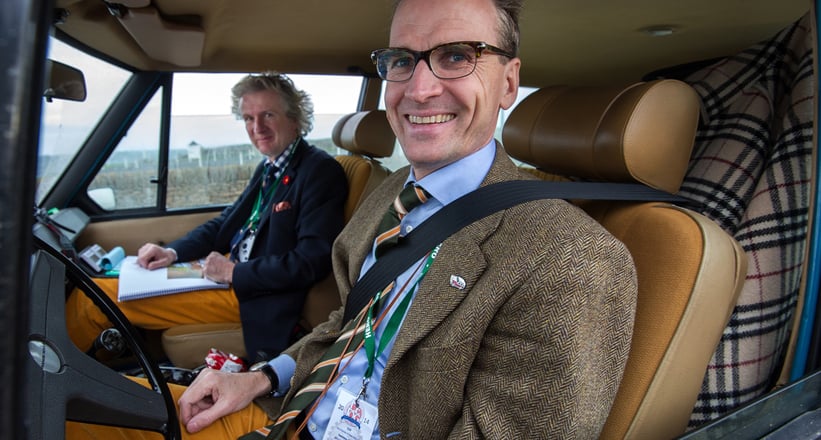
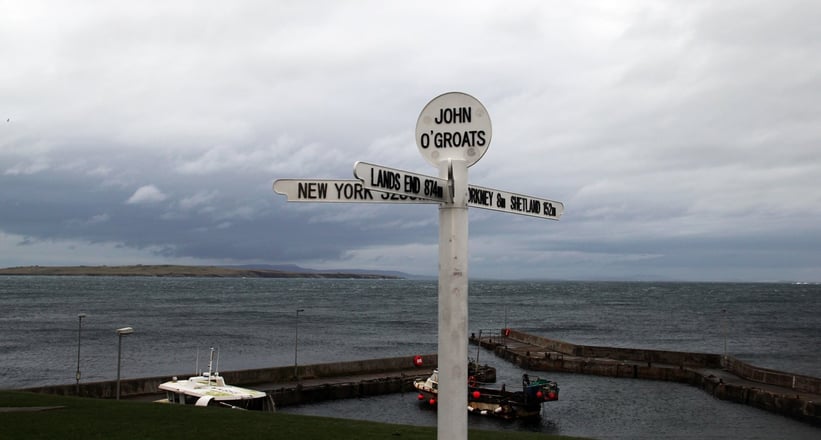
Beautiful sunshine alternated with heavy rain, snow and icy roads and, once we reached Scotland, we found ourselves on narrow roads lined by the endless dry stone walls and thousands of black-faced Scottish sheep. Up at Kyle of Lochalsh, the bridge to the Isle of Skye was closed due to the strong winds. A few of us had already given up, but we eventually made it all the way through Scotland to John O’Groats, where we were enthusiastically greeted by bagpipe players, familiar faces, and the sweeper car crew – who said they’d never doubted that we’d make it to the end.
Second in class and 56th overall was a result we celebrated in style. We also knew we’d want to come back and try LeJog again – perhaps in a more powerful Range Rover, but certainly with more planning and better knowledge of an event that the organisers rightly claim to be the toughest of its kind.
Text: Ulrich J. Schödel Photos: © F&R Rastrelli and HERO / Classic Driver
